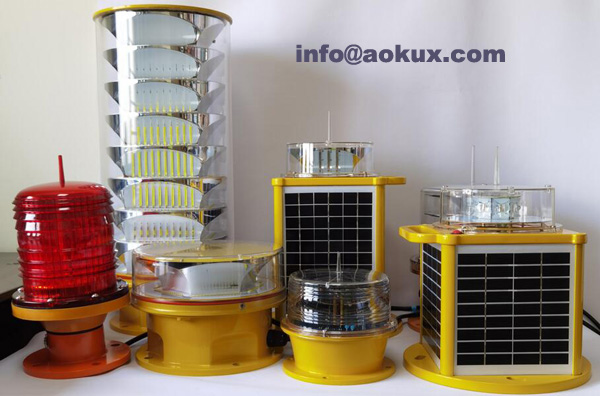
Understanding the Significance and Functionality of Obstruction Beacons
Introduction
Obstruction beacons play a vital role in ensuring aviation safety and preventing potential hazards. These specially designed lights are installed on tall structures or obstacles, such as buildings, towers, wind turbines, or other high-rise objects that may pose a risk to aircraft. In this article, we will delve into the purpose, types, and importance of obstruction beacons.
Definition and Purpose
An obstruction beacon, also known as an aviation obstruction light, is a warning system designed to indicate the presence of obstacles within the flight path of aircraft. It serves as a visual marker during both daytime and nighttime conditions, ensuring pilots can easily identify obstructions and take necessary precautions to avoid them.

Types of Obstruction Beacons
Red Lighting: This type of obstruction beacon emits red light, and it is the most commonly used color for aviation obstruction lights. Red lights are easily distinguishable against the night sky due to their long wavelength, making them highly visible to pilots.
White Lighting: White obstruction beacons are typically used during the daytime when visibility is relatively high. These lights serve as a visual warning for pilots, indicating the presence of obstacles during daylight hours.
Dual Lighting: Some obstruction beacons use dual lighting systems, combining both red and white lights. This configuration ensures optimal visibility regardless of the time of day or prevailing weather conditions.
Medium Intensity and High-Intensity Lighting Systems: Depending on the location and height of the obstacle, different intensity levels may be required. Medium intensity obstruction beacons are suitable for structures under 150 meters, while high-intensity ones are used for taller objects.
Importance of Obstruction Beacons
Enhanced Aviation Safety: Obstruction beacons significantly reduce the risk of accidents by providing pilots with clear indications of obstacles. By enabling pilots to identify and safely navigate around these structures, the chances of in-flight collisions or accidents are greatly diminished.
Compliance with Regulations: Aviation authorities around the world have established regulations and guidelines for installation and maintenance of obstruction beacons. It is crucial for owners of tall structures to comply with these regulations to ensure the safe operation of aircraft and avoid potential legal consequences.
Protection for Low-Flying Aircraft: Obstruction beacons also protect low-flying aircraft like helicopters, which operate at lower altitudes and may encounter obstacles not visible from higher altitudes. These lights enable pilots to maintain situational awareness and avoid potential dangers.
Conclusion
Obstruction beacons are an indispensable tool in ensuring aviation safety. Their purpose is to alert pilots of the presence of tall structures or obstacles along their flight path, enabling them to make informed decisions to avoid potential hazards. By complying with regulations and implementing appropriate lighting systems, we can continue to enhance air travel safety, protecting both passengers and property.